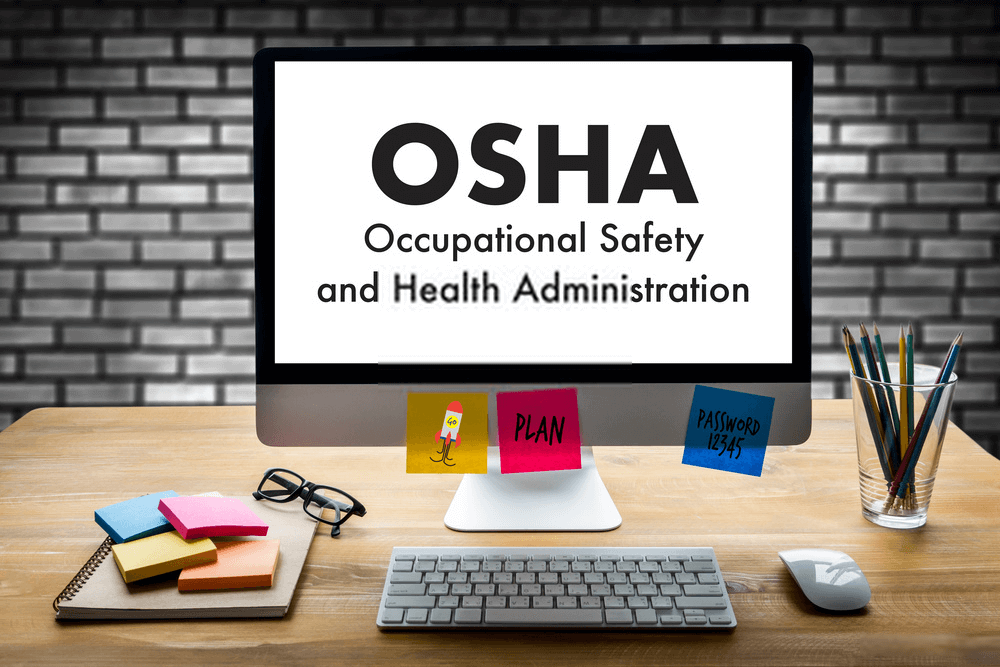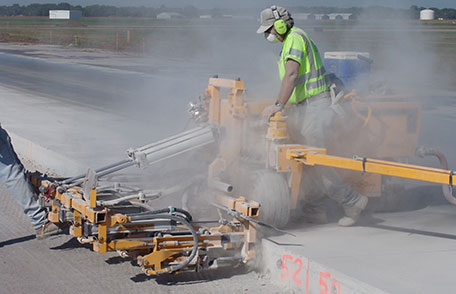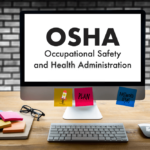OSHA: Computer-Based Training alone is not enough

The Occupational Safety and Health Administration (OSHA) has again reinforced its stated policy that online and computer training alone for employees is not adequate to meet federal training requirements.
According to the OSHA Acting Chief Loren Sweatt; “One of the keys that OSHA emphasizes in all of its efforts is the importance of training,”
“Training must be provided to workers who face hazards on the job. It’s the law, and it’s also good for every business. A highly trained workforce can minimize unnecessary costs and disruptions from an illness, injury, or fatality.”
OSHA’s interpretation of its requirement that training must “result in mastery of the training material” leads to the conclusion that online training must be supplemented by interactive and physical components, such as putting on and removing personal protective equipment (PPE).
OSHA adds that the opportunity for workers to be able to ask questions of, and receive responses from, a qualified trainer in a timely manner is critical to effective training. As a result, it says, online training that does not provide workers with this opportunity would not be in compliance with OSHA’s worker training requirements.
According to OSHA; “Training with no interaction, or delayed or limited interaction, between the trainer and trainee may halt or negatively affect a trainee’s ability to understand and/or retain the training material,”
“Equally important is the provision of sufficient hands-on training because it allows an employee to interact with equipment and tools in the presence of a qualified trainer, allows the employee to learn or refresh their skills through experience, and allows the trainer to assess whether the trainees have mastered the proper techniques.”
OSHA notes that one way for the employer to give workers this opportunity in the context of a computer-based program is by providing a telephone hotline so that workers will have direct access to a qualified trainer during the conduct of the online training. But even that is not considered optimum by the agency in regard to certain kinds of training.
For training to be considered adequate, OSHA says a qualified trainer must supplement and facilitate any appropriate hands-on training or demonstration (for example, how to use a tool, perform a task or don appropriate PPE) as necessary for the employee to learn the proper safety and operational techniques, and for the trainer to assess the employee’s mastery of them.
Time is of the essence, too. A qualified trainer must be available in a “timely manner” to answer questions during the training. “Training with no interaction, or delayed or limited interaction, between the trainer and trainee may halt or negatively affect a trainee’s ability to understand and/or retain the training material,” OSHA explains.
“Online training that does not provide workers with hands-on training would not comply with the agency’s worker training requirements,” the agency stresses. It also emphasizes the importance of employers reviewing specific OSHA standards and related guidance to determine what OSHA requires in specific situations.
OSHA’s constituent employers may be forgiven for embracing this misapprehension due to the fact that the agency itself offers dozens of video and other kinds of computer-based training programs for sale on its website. On top of that, many private companies also market DVDs and computer-based OSHA training programs covering almost every major OSHA topic, as well as options for 10- and 30-hour general industry and construction training courses. Dr. Patience Adagba is a certified OSHA instructor and since 2013 and has trained more than 100 people on OSHA 10 and 30 hour. CLICK HERE TO CONTACT HER.
However, employers should know that there is nothing new contained in this most recent interpretation of training requirements. OSHA issued another one that is almost identical in its wording 25 years ago, note attorneys Timothy Hoover and Jason Markel of the law firm of Hodgson Russ LLP.
“Perhaps over the next 25 years advances in virtual reality, interactive holographic imagery or robotic android technologies may afford a viable substitute for the way interactive employee training can be delivered,” they point out. “But for now, the letter of interpretation serves as a reminder to employers that some things still need to be done the old-fashioned way.”
SOURCE: David Sparkman EHS Today











